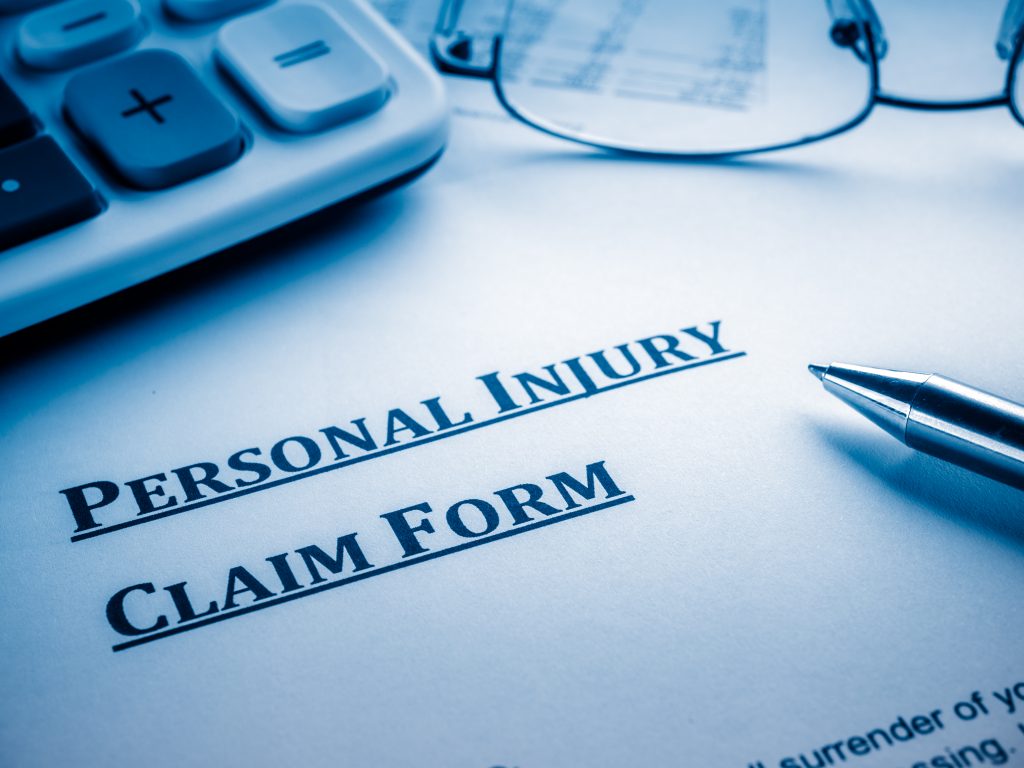VICTORIA – Are work injury claims in B.C. being suppressed, under-claimed or misrepresented?
The Institute for Work and Health (IWH) recently collaborated with Prism Economics and Analysis to conduct a study to find out and then compare its findings with studies out of Manitoba, Ontario and other parts of the country.
Researchers conducted surveys of workers and employers. They also analyzed randomly selected claim files.
“The key purposes of the survey were to formulate estimates of the incidence of non-claiming or under-claiming and to identify the motivations for non-claiming or under-claiming, in particular to estimate the degree to which non-claiming or under-claiming reflected claim suppression,” wrote researchers in the study’s report.
They concluded the rate of claim suppression of work-related injury or disease in B.C., based on a survey of workers, is in the range of 3.7 to 13 per cent, with estimates towards the lower end being more likely.
The study also found that the incidence of claim suppression appears to be higher where the employer has created a bonus plan that rewards employees keep a workplace incident-free.
The researchers also found that an estimated 4.1 to 12.1 per cent of claims filed in B.C. as no-time-loss incidents may involve lost working time.
The data showed that under-claiming was more common among workers who immigrated to Canada, had lower educational attainment, were not union members, were employed by small employers and worked on a temporary basis. They found no material differences in under-claiming related to age or gender.
Researchers found the most important reasons for under-claiming in their sample were lack of knowledge about entitlement or how to apply for WorkSafeBC benefits, and believing that it wasn’t worth the time to apply for benefits
According to the study, the worker survey included 699 residents who experienced a self-reported, work-related injury or disease within the past three years. The survey was conducted in 2019 and early 2020 in three waves: 349 persons who were randomly selected; 251 who indicated that their educational attainment was trade qualification or less (as this category was under-represented in the first group); and a third wave conducted in Cantonese, Mandarin and Punjabi, with 99 respondents.
Researchers also sampled employers. The first wave of participants was stratified across all industries based approximately on their share of reported WorkSafeBC claims. The second wave included an additional sample of the construction industry and the transportation and warehousing industry as they have a comparatively higher incidence of claims.
“The purpose of this over-sampling of high-incidence industries was to generate a sufficient number of observations to allow for analysis of potential correlating factors,” explained researchers.
However, the paper’s authors cautioned about the limitations of their work.
“It is not possible through either survey evidence or claim file evidence to form a definitive conclusion on the incidence of under-claiming, misrepresentation or claim suppression,” they wrote. “All survey evidence is subject to sampling error.”
They added that survey evidence was also based on respondents’ perceptions and recollections, either of which may be incorrect.











Recent Comments